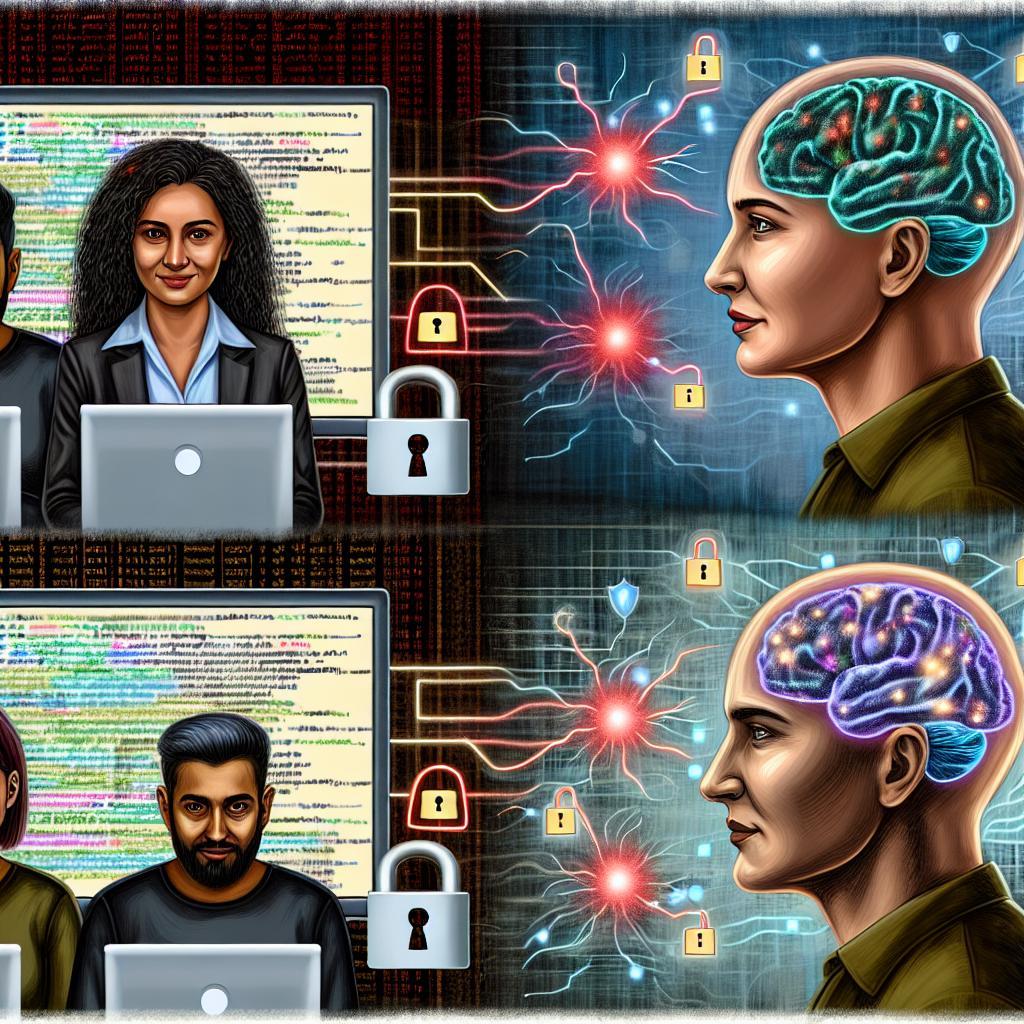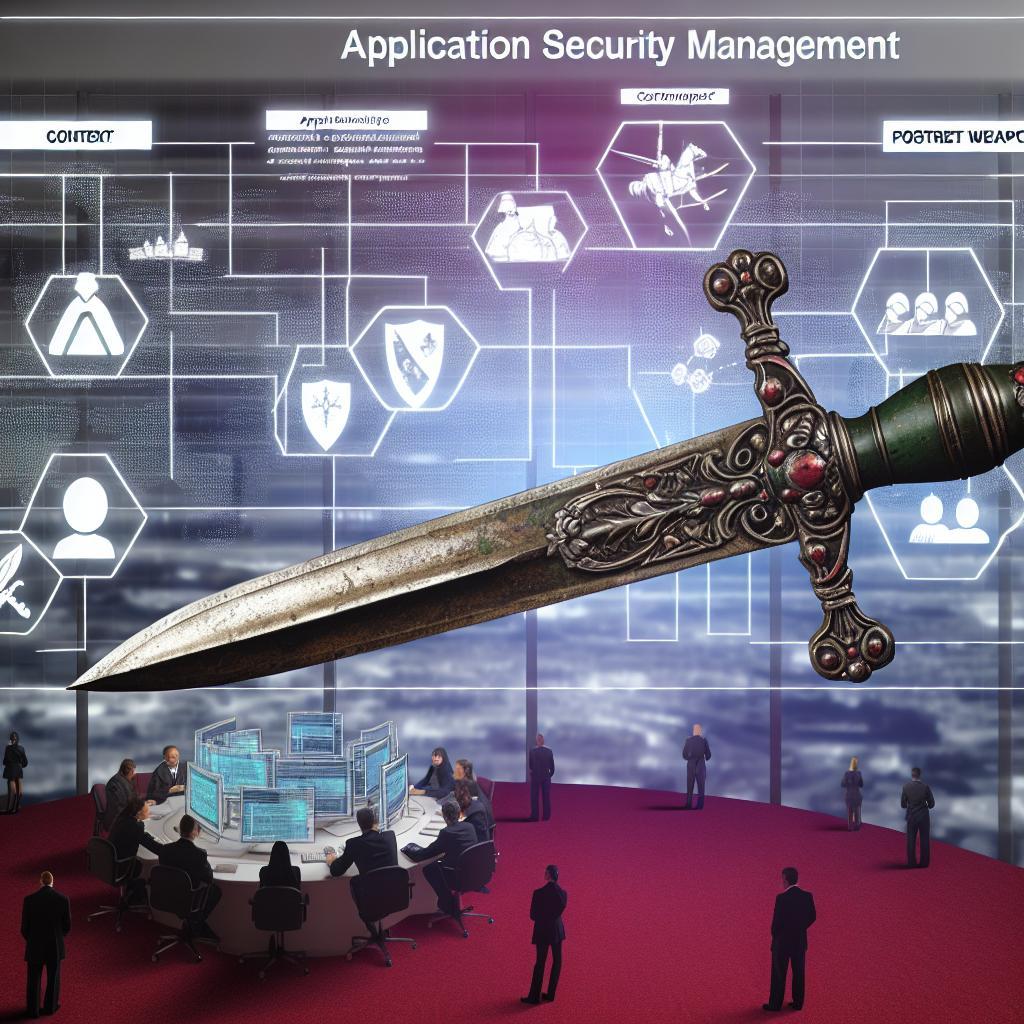– What are some examples of psychological hacks commonly used in cybersecurity?
Psychological Hacks in Cybersecurity: Protecting Your Online Identity
In today’s digital age, cybersecurity threats are becoming increasingly sophisticated, targeting individuals and organizations alike. While most people are familiar with traditional cybersecurity measures such as antivirus software and firewalls, there is another aspect of cybersecurity that is often overlooked – psychological hacks. Understanding how cybercriminals use psychological tactics to manipulate and deceive their victims is crucial in protecting your online identity. In this article, we will explore the concept of psychological hacks in cybersecurity and provide practical tips on how to safeguard yourself against them.
The Power of Psychological Hacks in Cybersecurity
Cybercriminals rely on various psychological tactics to exploit vulnerabilities and gain access to sensitive information. By understanding how these tactics work, you can better protect yourself from falling victim to cyber attacks. Some common psychological hacks used in cybersecurity include:
- Social Engineering: This involves manipulating individuals into divulging confidential information or performing actions that compromise security. Cybercriminals often use techniques such as phishing emails, pretexting, and baiting to trick their victims.
- Fear and Intimidation: Cybercriminals may use fear tactics to pressure individuals into making hasty decisions, such as clicking on malicious links or providing personal information.
- Trust Exploitation: This tactic involves gaining the trust of individuals through social engineering techniques and then using that trust to extract sensitive information.
Benefits of Understanding Psychological Hacks in Cybersecurity
By familiarizing yourself with psychological hacks in cybersecurity, you can:
- Protect yourself from falling victim to cyber attacks.
- Recognize warning signs of potential threats.
- Improve your overall cybersecurity awareness.
- Enhance your ability to identify and report suspicious activities.
Practical Tips for Protecting Your Online Identity
Here are some practical tips to safeguard yourself against psychological hacks in cybersecurity:
- Be cautious of unsolicited emails or messages requesting personal information.
- Verify the authenticity of any requests for sensitive information before responding.
- Avoid clicking on suspicious links or downloading attachments from unknown sources.
- Regularly update your passwords and enable two-factor authentication wherever possible.
- Stay informed about the latest cybersecurity threats and best practices for protecting your online identity.
Case Studies: Real-Life Examples of Psychological Hacks in Cybersecurity
One notable case of psychological hacking in cybersecurity is the Equifax data breach in 2017, where cybercriminals exploited a vulnerability in the company’s website to gain access to sensitive personal information of millions of individuals. By understanding how social engineering and trust exploitation were used in this attack, organizations can better prepare themselves against similar threats in the future.
First-Hand Experience: Protecting Your Online Identity
As an individual user, it is essential to remain vigilant and proactive in safeguarding your online identity. By staying informed about the latest cybersecurity threats and practicing good digital hygiene, you can reduce the risk of falling victim to psychological hacks. Remember, your online security is in your hands, so take the necessary steps to protect yourself and your sensitive information.
Conclusion
Psychological hacks play a significant role in cybersecurity, and understanding how cybercriminals use psychological tactics is crucial in safeguarding your online identity. By staying informed about common psychological hacks, recognizing warning signs of potential threats, and implementing practical cybersecurity measures, you can protect yourself from falling victim to cyber attacks. Remember, prevention is key when it comes to cybersecurity, so stay vigilant and proactive in protecting your digital assets.







